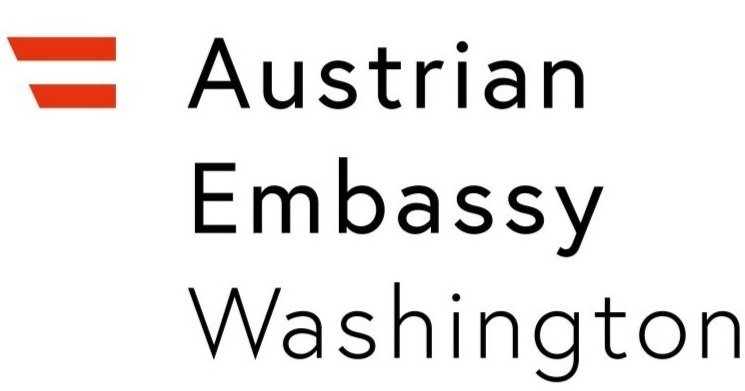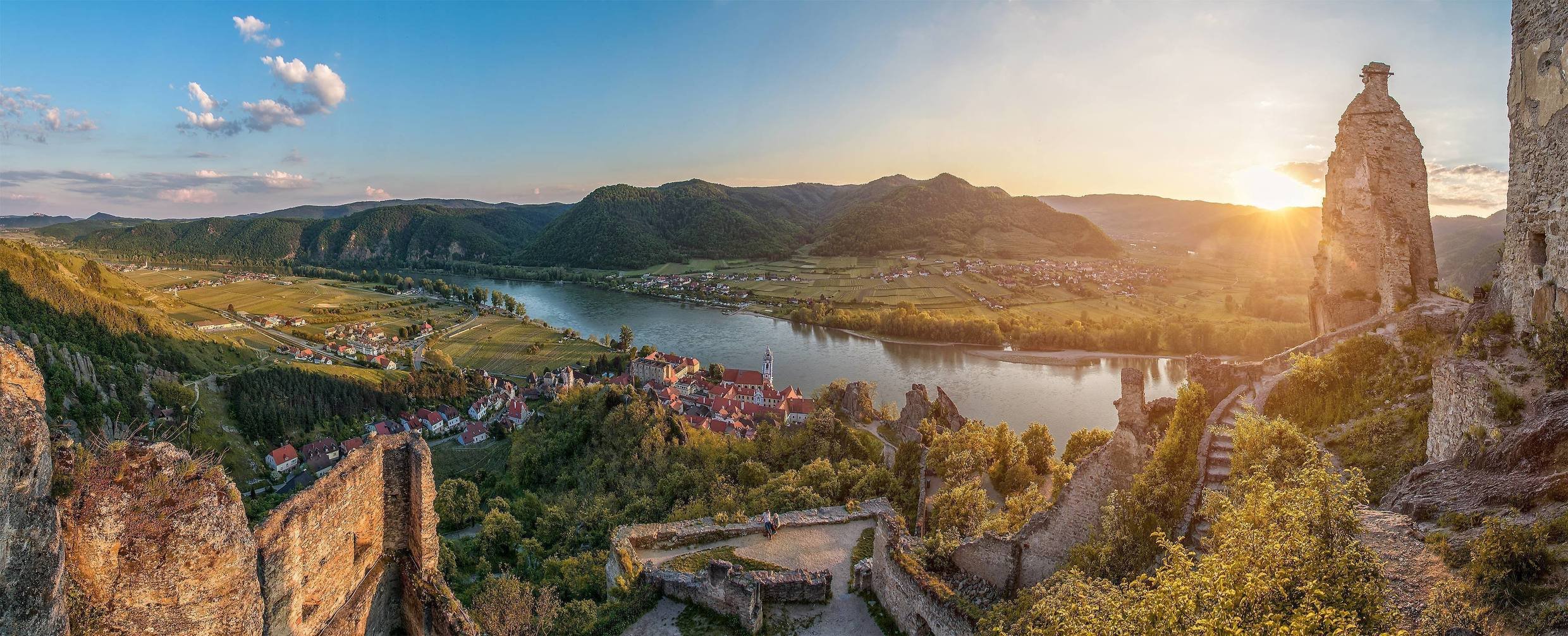Burgruine Dürnstein
Burgruine Dürnstein overlooking the Danube river valley © Österreich Werbung / Andreas Tischler
It's #WahrzeichenWednesday again and today we're completing the first round of the series with a trip to #Dürnstein in Austria's ninth federal state of Lower Austria #Niederösterreich. Located in the #Wachau, a stretch of Danube river valley designated by #UNESCO as a World Cultural Landscape, Dürnstein is known for its wine #Weinberge, the iconic, blue Dürnstein Abbey, and the ruins of the Dürnstein castle that overlooks the city below.
In fact, the city derives its name from the castle, which was named after the "dry stone" (German dürr + Stein) on which it was built around 1150. Dürnstein remains perhaps most famous for what happened about 42 years later in 1192 when King Richard of England, the Lionheart, was captured by Duke Leopold V of Austria on Richard's return from the Third Crusade. Duke Leopold V held King Richard for four months in Dürnstein castle, for which Leopold V was later excommunicated by Pope Celestine III for imprisoning a fellow crusader.
Side note: Yes, this is the same Leopold V that is accredited with the creation of Austria's red-white-red flag. According to legend, he wore a white tunic with a belt into battle at the Siege of Acre. Wearing white into medieval battle was probably not the best wardrobe choice though, since it was supposedly completely bloodstained afterwards aside from the part of the tunic covered by his belt. Thus, Austria's red-white-red banner was born.
Dürnstein as pictured on the back of the 100 Schilling note, 1950 series © Geldmuseum der Österreichischen Nationalbank
The Siege of Acre was also the site of Leopold V's grudge against King Richard I. Apparently the Lionhearted threw Leopold V's banner off the city walls, disrespected him, and was allegedly responsible for murdering his cousin Conrad.
Despite being excommunicated, Leopold V did get a heaping pile of silver (45,000 kg) for Richard I's ransom, which was apparently enough to found Vienna's first mint, build new city walls, and found the towns of Wiener Neustadt and Friedberg in Styria.
Final fun fact and gift of Dürnstein to the world: King Richard wrote the medieval ballad Ja nus hons pris to express his feelings of abandonment while imprisoned in #Dürnstein. It's worth checking out.


